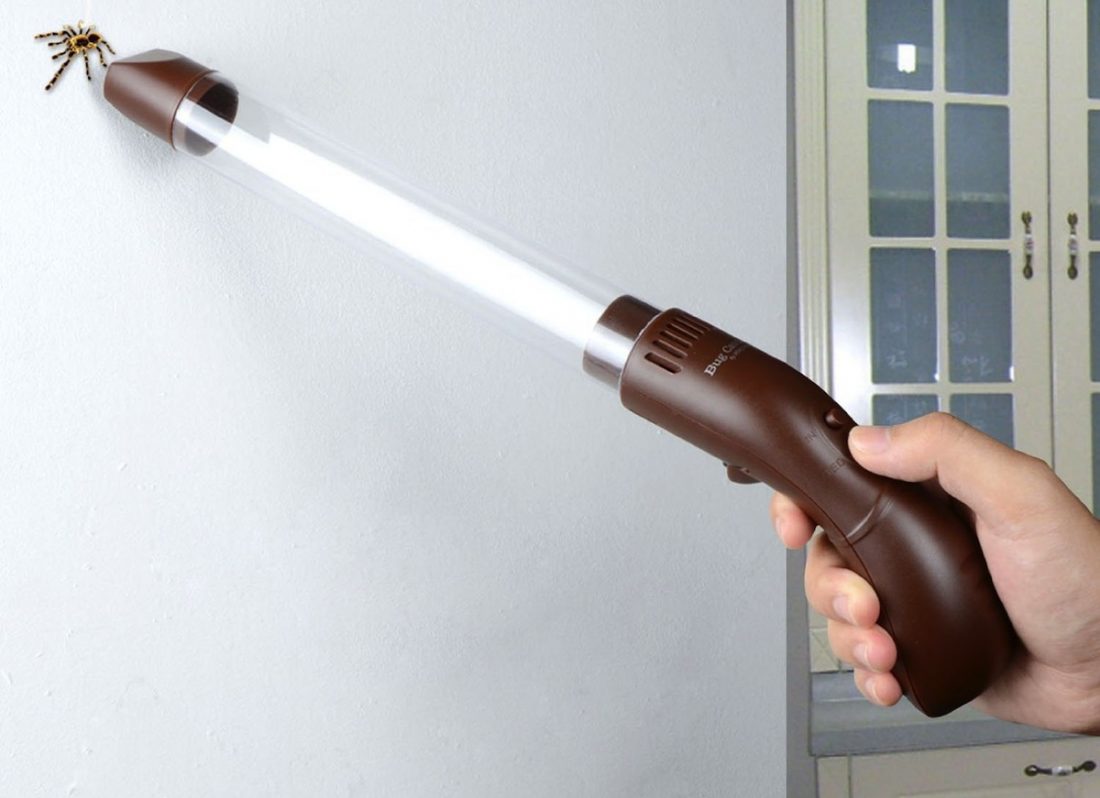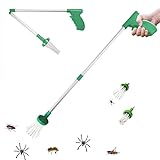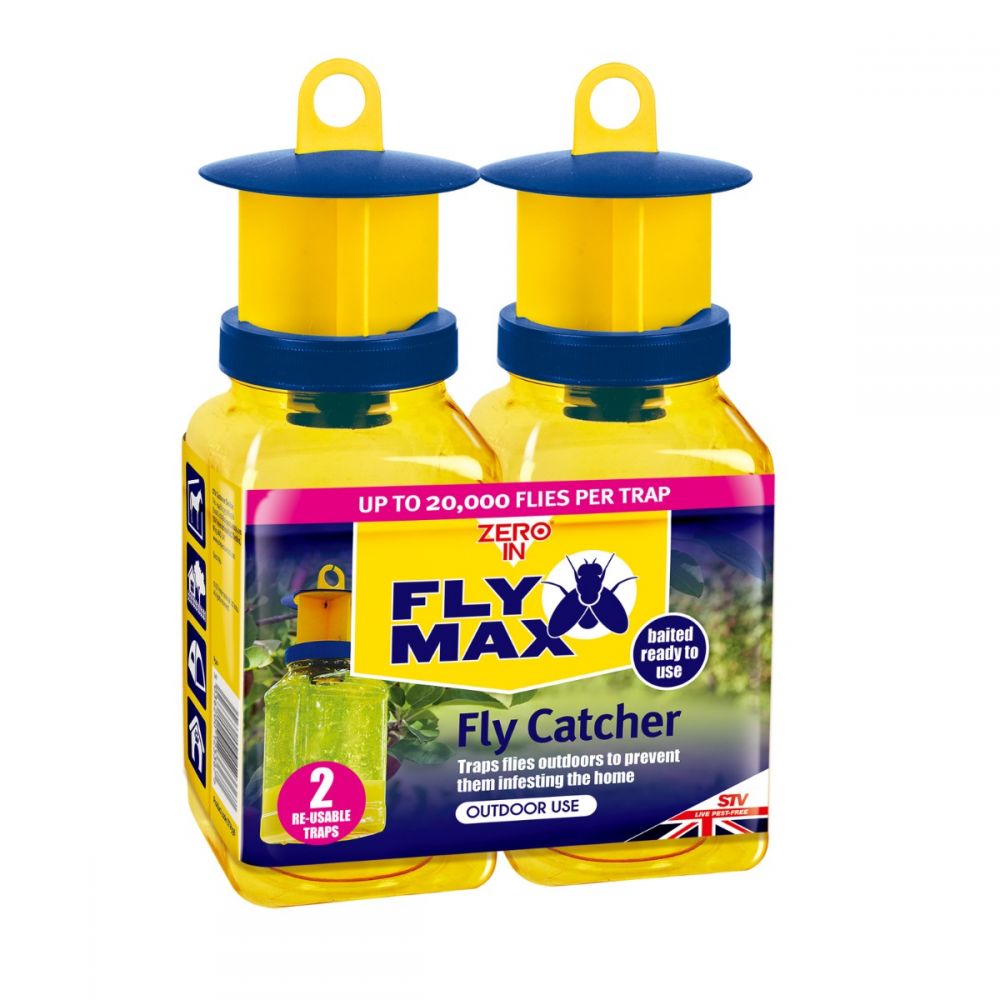Introduction to Fly Catchers Fly catchers, also known as fly traps or fly paper, are…

Spiders often evoke mixed emotions—appreciation for their ecological role yet discomfort when they wander indoors. This guide is dedicated to exploring humane spider catchers, offering updated insights aligned with Google’s freshness standards. We’ll discuss the need for ethical spider removers, detail various types, explain effective usage and maintenance tips, and address common questions. By embracing humane spider catchers, you can manage your indoor spider population without causing harm.
Introduction to Humane Spider Catchers
Humane spider catchers, also known as ethical spider removers or spider relocation tools, provide a gentle alternative to chemical sprays and lethal traps. In today’s eco-conscious world, these devices are gaining popularity as they offer a safe way to capture spiders and return them to nature. Updated with the latest practices and supported by synonyms and related keywords, this guide reflects the most current and relevant techniques for spider management.
Modern households are increasingly opting for humane solutions that not only safeguard their environment but also respect local wildlife. By integrating a humane spider catcher into your routine, you join a growing community that values sustainable living and biodiversity.
The Need for Humane Spider Catchers
Indoor spiders can be startling, but they play an essential role in controlling insect populations. The need for humane spider catchers arises from the desire to balance our comfort with environmental responsibility. Rather than resorting to harmful methods, a gentle capture and release can ensure that these arachnids continue their beneficial work in the ecosystem.
Maintaining indoor safety and reducing chemical exposure are significant reasons to consider a humane spider catcher. Whether you’re dealing with the occasional intruder or managing a larger presence, these tools provide a practical solution for those who wish to coexist with nature.
Benefits of A Humane Spider Catcher
Using humane spider catchers offers numerous advantages:
-
Eco-Friendly: No chemicals or harmful substances are used, reducing indoor pollution and environmental waste.
-
Safe for All: These devices are safe to use around children, pets, and even for those with sensitivities to chemical sprays.
-
Sustainable: By capturing and releasing spiders, you help maintain the natural balance by allowing these predators to control pest populations outdoors.
-
Cost-Effective: Investing in a reusable device reduces the need for frequent replacement and minimizes expenses over time.
-
Stress-Reducing: Knowing that you’re handling spiders in a safe, ethical way can alleviate the guilt or anxiety associated with traditional pest control methods.
These benefits highlight why humane spider catchers are an excellent choice for environmentally conscious households.
Types of Humane Spider Catchers
Humane spider catchers come in various designs to suit different needs. Here are the main types available:
Handheld Humane Spider Catchers
Handheld devices resemble elongated wands with mechanisms that enable a gentle capture. They may include soft bristles or a controlled suction function to secure the spider without causing injury. These tools are perfect for individual encounters and offer precision in areas like corners or along baseboards.
Spider Traps as Humane Spider Catchers
Spider traps are another form of humane spider catchers that work passively. Once strategically placed, these traps capture spiders that wander into them. After capture, the trap can be transported outdoors and reset if needed. The design of these traps allows for multiple uses, making them a sustainable option for ongoing spider management.
Innovative Designs and Features
New models now incorporate ergonomic designs and advanced materials to improve functionality. Some even include features such as adjustable grips, transparent chambers for easy observation, and mechanisms designed to minimize stress for the captured spider. Manufacturers are continually refining these devices to ensure optimal performance and safety.
Effective Techniques for A Humane Spider Catcher
Using humane spider catchers effectively requires a calm and patient approach. Here are some updated techniques to ensure success:
-
Stay Calm: Avoid sudden movements to prevent startling the spider. A calm demeanor encourages the spider to move naturally.
-
Clear the Path: Ensure there is an unobstructed exit route for the spider. This step is crucial for a stress-free relocation.
-
Position the Device: Slowly approach the spider and align the catcher carefully. Whether using a handheld model or trap, a steady approach minimizes risks.
-
Activate the Mechanism: Gently deploy the device’s capture mechanism. For handheld catchers, do not press too hard; for traps, allow the spider to enter on its own.
-
Relocate Promptly: Once the spider is secured, transport it to a safe outdoor location far from your home.
-
Practice Regular Maintenance: Clean and inspect your device after each use to ensure longevity and optimal performance.
Incorporating these techniques ensures that you can use humane spider catchers safely and effectively, contributing to a spider-friendly environment in your home.
Maintenance Tips
Proper maintenance of your humane spider catcher not only extends its life but also ensures reliable performance:
-
Regular Cleaning: After each use, clean the device with warm water and mild soap. This practice removes any residue and keeps the mechanism functioning smoothly.
-
Inspect for Damage: Routinely check for wear and tear. Small damages may affect the device’s ability to secure spiders effectively.
-
Storage: Store your spider catcher in a cool, dry place when not in use. Proper storage conditions can prevent deterioration of materials.
-
Read the Manufacturer’s Instructions: Each device may have specific maintenance needs. Adhering to the manufacturer’s guidelines guarantees long-term efficiency.
-
Test Before Use: Occasionally test the device in a controlled environment to ensure that the capture mechanism is working as expected.
Keeping your humane spider catcher in top condition is vital for consistent, humane handling of spiders.
Alternative Approaches to Spider Relocation
While humane spider catchers are an excellent solution, some may consider complementary methods. For instance, using natural repellents such as essential oils or maintaining a clutter-free environment can reduce spider attractants indoors. Combining these strategies with regular use of humane spider catchers can further minimize indoor encounters.
Additionally, increasing natural light and air circulation may discourage spiders from settling in dark, damp corners. Each alternative method supports the overall goal of creating a balanced and respectful coexistence with nature.
Eco-Friendly Spider Management Strategies
Integrating eco-friendly practices into your daily routine can lead to broader benefits beyond humane spider catchers. Consider the following strategies:
-
Regular Cleaning: Keeping your home dust-free and clutter-free reduces the likelihood of spiders finding hiding spots.
-
Natural Deterrents: Use natural oils like peppermint or citrus, known to repel spiders without harm.
-
Environmental Adjustments: Sometimes, a small change in your home environment, such as better ventilation or moisture control, can make a significant difference.
-
Community Involvement: Share tips with neighbors and participate in local workshops on eco-friendly pest management.
By combining humane spider catchers with these broader eco-friendly practices, you can enjoy a cleaner, safer, and more sustainable living space.
Frequently Asked Questions
1. Are humane spider catchers safe for use around children and pets?
Yes, these devices are designed with safety in mind. They avoid harmful chemicals and reduce risks of physical injury, making them a child- and pet-friendly solution.
2. Can humane spider catchers be used for capturing other insects?
Although primarily intended for spiders, many users find that these tools can also capture smaller insects like flies and moths. However, they may not be effective for larger pests.
3. How effective are humane spider catchers on different spider species?
These catchers work well on most common household spiders. Caution is advised for larger or more aggressive species, which might require additional handling care.
4. Do I need to purchase a new device for each capture?
Not at all. Most humane spider catchers are designed for repeated use. With proper maintenance and cleaning, a single device can serve you for years.
5. What should I do if a spider escapes?
If a spider escapes during capture, remain calm and try to safely corral it using the same device or consider using a second one. Over time, your technique will improve, minimizing such occurrences.
Further Resources and Final Thoughts on Humane Spider Catchers
Humane spider catchers not only provide a non-lethal alternative to traditional pest control but also support environmental conservation efforts. By adopting these tools, you contribute to a respectful coexistence with nature while ensuring your home remains safe and free of unwanted intruders.
For additional insights on spiders and their ecological importance, you might explore resources provided by the Natural History Museum, UK. This reputable organization offers a wealth of information on arachnids, reinforcing the value of humane approaches.
By staying updated with the latest eco-friendly innovations and embracing humane practices, you’re taking a significant step toward a more sustainable lifestyle. Whether you are a seasoned spider catcher or a beginner, these updated techniques and tips can enhance your approach, ensuring that both your home and the local environment thrive.
Embracing humane spider catchers is about making a mindful choice that benefits both your immediate surroundings and the broader ecosystem. With clear guidance, practical techniques, and sustainable strategies, you now have the tools to manage spiders responsibly while supporting a greener future.





















